The world is a much different place than it was just a few weeks ago. More concern and worry, yet also a lot of coming together and trying new strategies. All of this is A LOT of change, and that can be really hard in many different ways. The way people react to change varies. What’s really important at this time, and any time change occurs, is to focus on effective and clear communication.
One thing that I know without a doubt is that Pilates Instructors truly care about people and the clients they work with. We spend hours of time and energy on training, teaching and continuing education. All in the pursuit to be a more effective teacher. This isn’t a selfish pursuit by any means, it’s so you can give that back to the clients you work with and support them when they come to the studio.
Because all Pilates Instructors work with people, innately there are more skills to being an effective teacher besides perfecting the movements of the exercises. It’s learning beyond what’s typically offered as continuing education that can bring help Pilates teachers when they have challenging interactions with clients.
And that’s communication. We have all experienced miscommunication and conflict with clients. With times of change and high stress, this can happen more frequently. As a Pilates teacher, understanding how to teach exercises safely and effectively is important. Equally as important is how to communicate best with clients when change happens, address their concerns, and even, in the event when conflict arrises. Although each interaction might be different, there are some basic steps you can follow to help foster a positive conversation.
Actively Listen
When someone enters your space for the first or hundredth time and tells you how they are feeling. Instantly the Pilates mind starts working with how you can help. And although you may know the perfect exercise or Pilates flow to teach someone, PAUSE, allowing time to actively listening without processing the solution is the best thing you can do for clients.
Validate
Standing alongside them, listen and taking time to validate what they are telling you.
This helps the client feel heard. Because if clients don’t feel heard, the natural reaction is not trust as much or to push back with a counter response rather than engage in a productive conversation.
It may also offer you a new perspective of how to frame any suggestions you may have and you may come to a different solution with the client.
This is especially true in resistance or conflict. Whether it’s what we are experiencing right now in the Pilates Industry as we try to shift and respond to COVID-19 or due the cancelation policy.
Validation doesn’t mean that you agree with what someone says or even fully understand where they are coming from. It does mean that you value their perspective and are open to working with a client for a solution. It’s taking time to acknowledge what they just said, restate and reframe, ensuring you ask if you’re interpretation of what they said was accurate.
Once you both have the same understanding of the concern, then you can offer a different perspective. Doing this takes far less energy and time than if the conversation escalates.
Communication is a skill, just like teaching Pilates, that takes time to develop and foster. It may also need to be tailored to each client that you work with.


